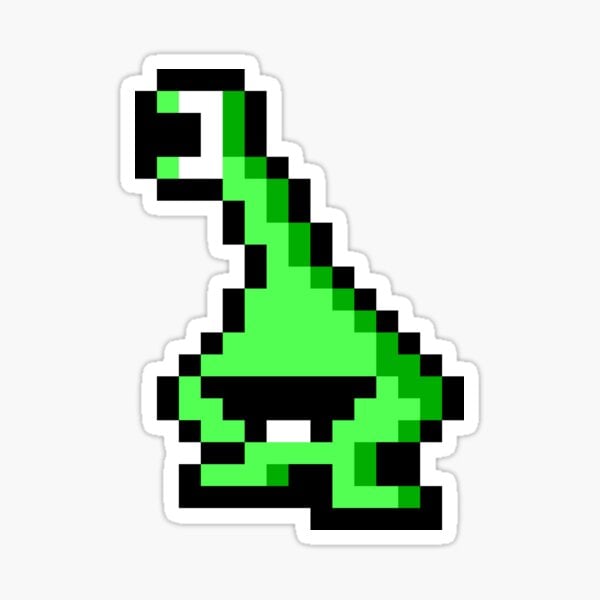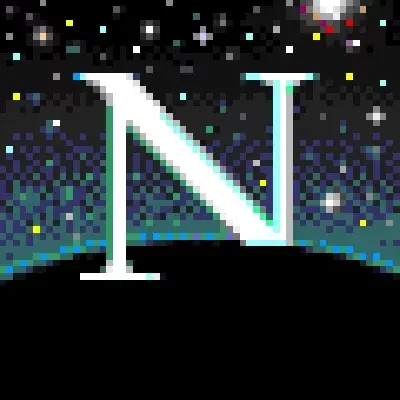There’s a Lovecraft story about this exact thing. It doesn’t end well.
So Octarine, basically.
Intertesting research, but it is not a colour. It is a human’s visual sensation created by giving the brain unusual inputs. If you take the same light and measure it spectrum, it is not new.
You say that, but Magenta is similar. It’s a unique reaction in our perception to two different wavelengths of light combining. Magenta is not in the rainbow.
The whole point was that there is physical combination of wavelengths that induces pink sensation but there is none for this new olo, this is why i think it is not a property of light but purely a human sensation.
Ok but it’s a new experience that no one has had before. The only reason why the set of electromagnetic wavelengths is special is because it’s part of the human experience. So seeing something outside of that normal perception is arguably seeing a new color.
Did you know we only experience pink as our red and blue cell receptors being stimulated at the same time? There is no pink wavelength.
The whole point was that there is physical combination of wavelengths that induces pink sensation but there is none for this new olo, this is why i think it is not a property of light but purely a human sensation.
Captain Obvious would like to chime in: (sorry 😅)
Every color that we see is created by different types of receptors being stimulated together. A linear combination of three of these types. Arguably there isn’t really a wavelength that only stimulates one type of receptor exclusively as their absorbtion areas overlap - so it isn’t even that precise to call one receptor the “green” receptor as it sees a continuum of wavelength (of which a lot are also detected by the (so-called) “red” receptor.
It’s a little egg-and-hen-problem with the naming here.a way out of it would be to only speak about spectra if it’s in the physical realm and color of its in the percetral realm.
I saw the following meme the other day on that topic which I found amazing:

On the other hand I hope my point was clear about pink being perceived as a color when it doesn’t exist as a singular wavelength on the electromagnetic spectrum: something the person I was responding to was seemingly arguing that it then invalidates what we might call a “color”. By his logic “pink” shouldn’t be considered a color, which I disagree with!
Bruh, a new color dropped before GTA 6??
It’s GTA 6 the new HL 3?
I wonder if it’s quite like anti-red
Stare at the center of a bright red circle for like 30 seconds,
Then look away at a white surface.
It looks like what those people in the article describe, especially in the “holy shit I’ve never seen that before” feeling.
Wow quite a super interesting read.
The doors of perception can be opened to many different avenues.
I wonder if this will be more available in my lifetime.
thanks Valve
huh?
Valve not releasing HL3, I was half asleep and I suck please ignore
Happens to the best of us.
I’m so jealous.






